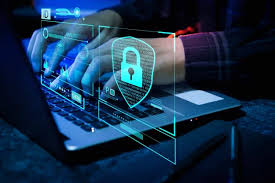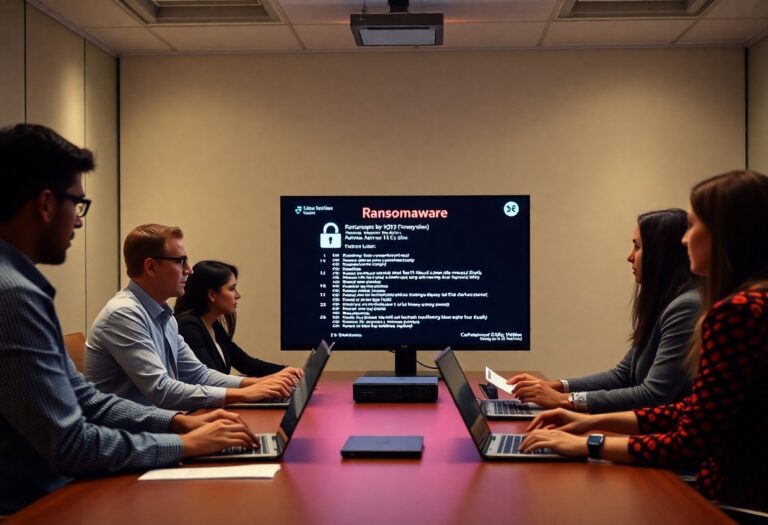“Risk Ready with 5G, IoT & Edge”
5G: Next Frontier in Risk Management
5G is the latest evolution in mobile network technology, offering unprecedented speed, ultra-low latency, and massive device connectivity. With data transmission rates reaching up to 10 Gbps—100 times faster than 4G LTE—and latency as low as 1 millisecond (vs. ~50ms in 4G), 5G is a game-changer for real-time, high-stakes applications such as autonomous vehicles and remote surgeries.
Its ability to connect over a million devices per square kilometer makes it ideal for Smart Cities and the Industrial Internet of Things (IIoT). In the context of risk management, 5G dramatically improves visibility, responsiveness, and security by enabling:
-
- Faster threat detection and response
- Enhanced endpoint control
- Risk containment through segmentation
- Reduced lateral movement
- Strengthened identity and data protection
IoT: A Catalyst for Intelligent Risk Management
When deployed securely and strategically, the Internet of Things (IoT) becomes a powerful tool for proactive risk management:
- Real-Time Visibility: IoT devices gather and transmit data from diverse sources—temperature sensors, asset trackers, vibration monitors, surveillance cameras—delivering continuous telemetry for real-time risk awareness and early threat detection.
- Data-Driven Decision-Making: Actionable insights from IoT analytics empower CIOs to identify risk patterns, forecast potential threats, and prioritize resources.
- Advanced Asset Monitoring & Access Control: Tools like smart locks, biometric scanners, and occupancy sensors enable round-the-clock monitoring of physical and digital assets while enforcing security policies and detecting anomalies.
- Zero Trust Enablement: IoT naturally supports Zero Trust Architecture by enforcing least-privilege access and continuous verification.
Edge Computing: A Strategic Pillar for Cybersecurity
Edge computing brings computation and data storage closer to the source of data, reducing dependency on centralized systems. Widely adopted across manufacturing, healthcare, energy, and retail sectors, its benefits include:
- Ultra-Low Latency & Faster Response Times
- Bandwidth Efficiency & Cost Reduction
- Offline Capabilities for Resilience
- Decentralized Architecture for Fault Tolerance
When combined with 5G and IoT, edge computing strengthens cybersecurity through:
- Instant Incident Detection & Response
- Minimized Risk from Cloud Outages
- Improved Data Privacy via Local Processing
- Regulatory Compliance with GDPR and other frameworks
CIO’s Risk Management Blueprint with 5G, IoT & Edge
The integration of 5G, IoT, and Edge Computing enables CIOs to deploy an intelligent, decentralized, and responsive risk management ecosystem. This triad expands security perimeters while enhancing the ability to detect, contain, and mitigate risks in real time across critical sectors.
Key benefits include:
- Real-Time Threat Detection and Response: IoT sensors monitor activity and environmental data. Edge devices analyze anomalies instantly. 5G enables millisecond-level alert transmission and response.
- Resilience Against Latency and Outages: Edge and 5G technologies maintain local operations even during cloud failures—critical for business continuity and disaster recovery.
- Data Privacy and Reduced Exposure: Edge computing anonymizes and encrypts sensitive data before it leaves the local network. 5G ensures its secure transmission, supporting GDPR, HIPAA, and ISO 27001 compliance.
- Network Segmentation and Risk Isolation: 5G network slicing creates isolated virtual environments for different device groups. IoT connects a vast array of devices. Edge enforces segmentation policies locally, identifying and containing compromised assets.
- Supply Chain Risk Monitoring: IoT tracks asset location and integrity across the supply chain. Edge detects conditions like temperature changes. 5G ensures continuous real-time alerts and updates.
- Zero Trust Security Enforcement: IoT devices provide identity-aware telemetry. 5G offers secure, authenticated connections. Edge computing enforces granular access control and anomaly detection locally.
Conclusion: A Next-Gen Security Framework for the CIO
The convergence of 5G slicing, IoT intelligence, and edge enforcement delivers a new paradigm in segmentation and risk containment. This layered architecture allows CIOs to not only detect threats but also isolate and neutralize them in real time—significantly reducing both business and technical risk.
By classifying assets based on criticality—such as control systems, business applications, and low-trust IoT devices—and assigning them dedicated 5G slices, CIOs can ensure secure traffic management and enforce policies locally via edge devices. This model enhances governance, limits exposure, and turns the expanded attack surface into a managed, segmented, and resilient digital landscape.








